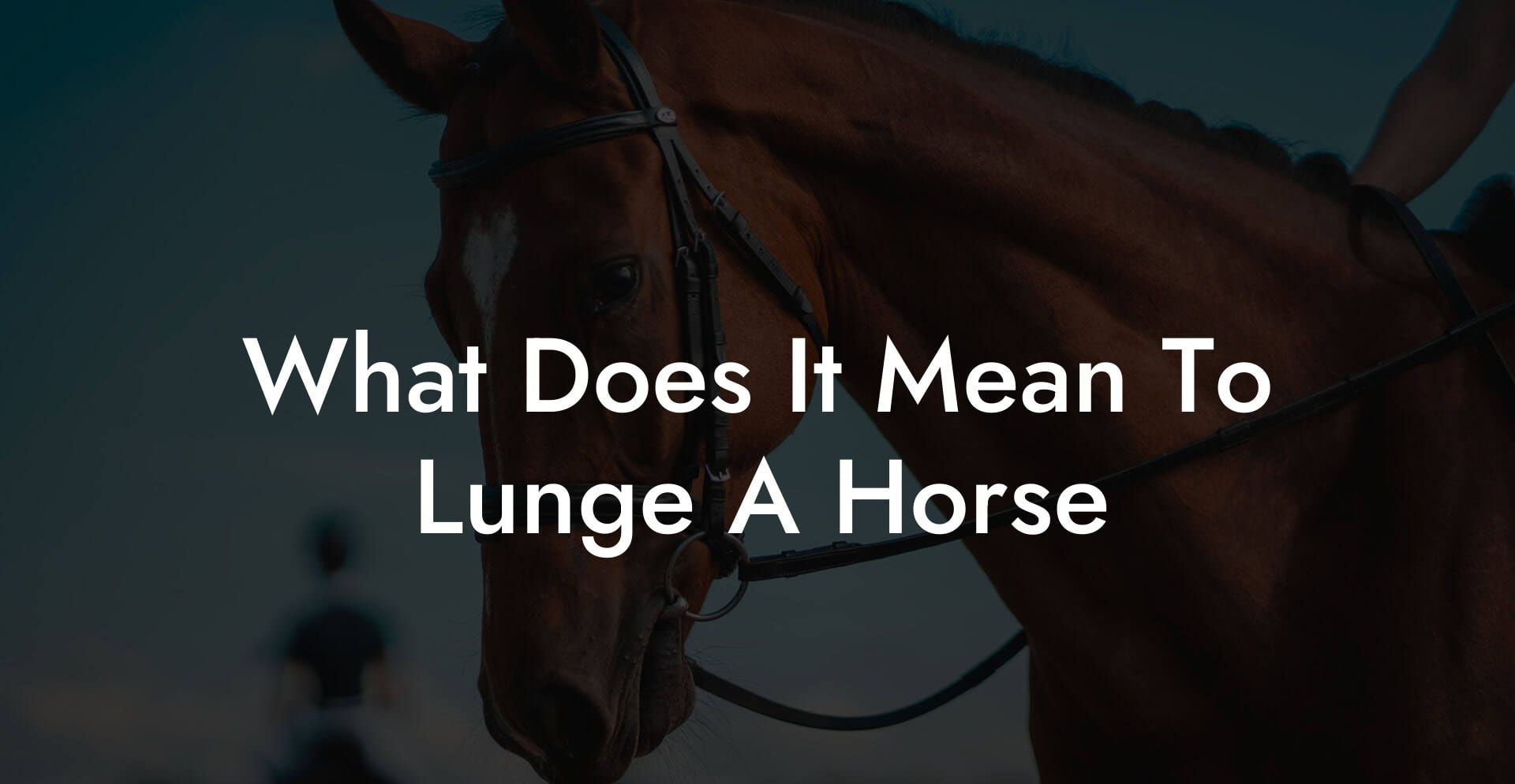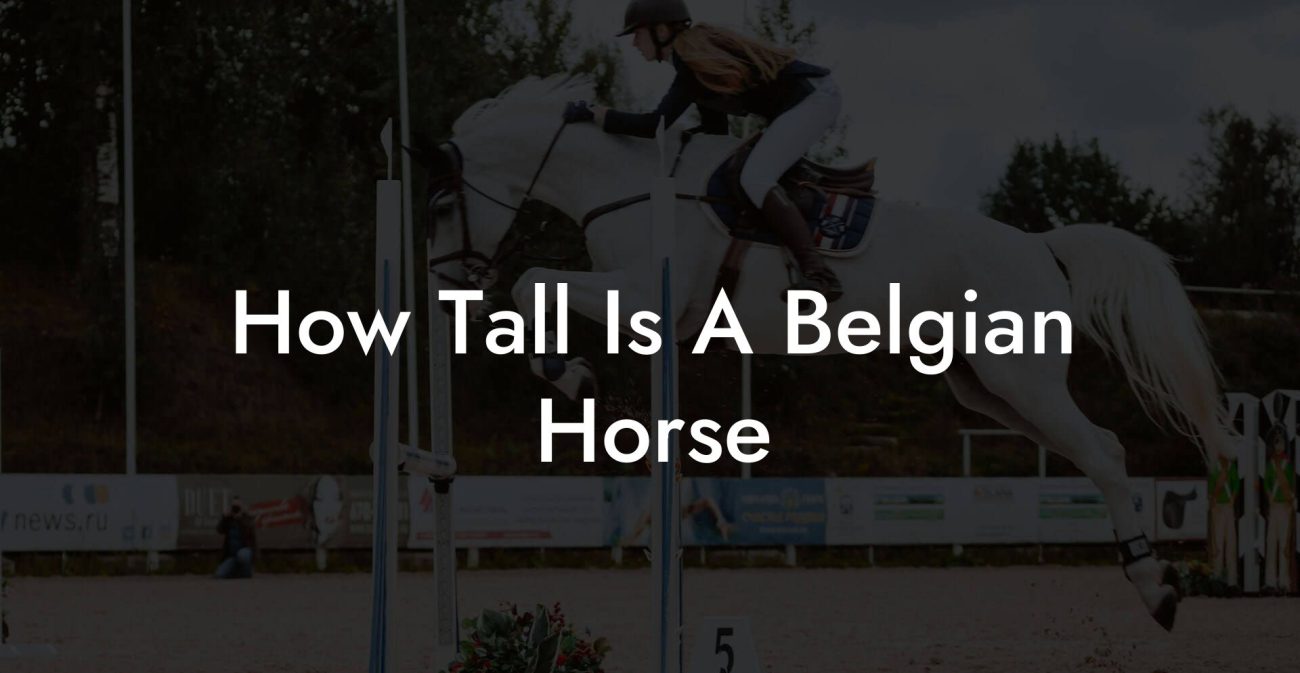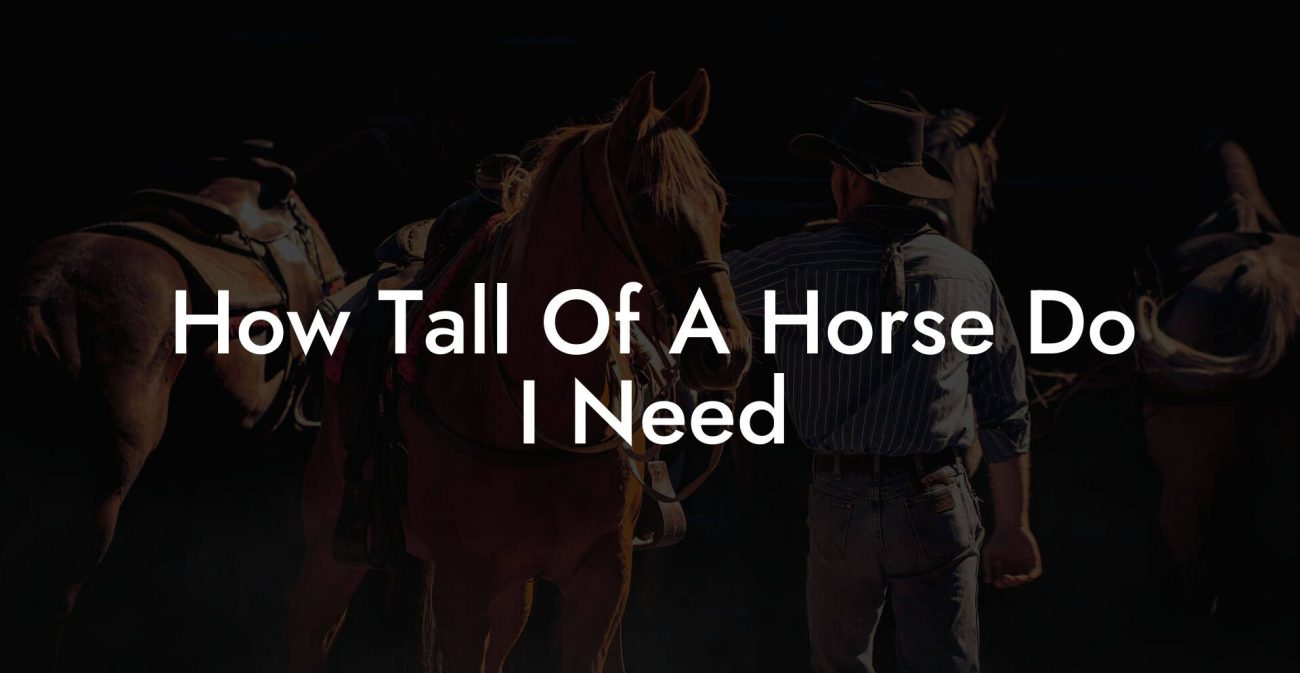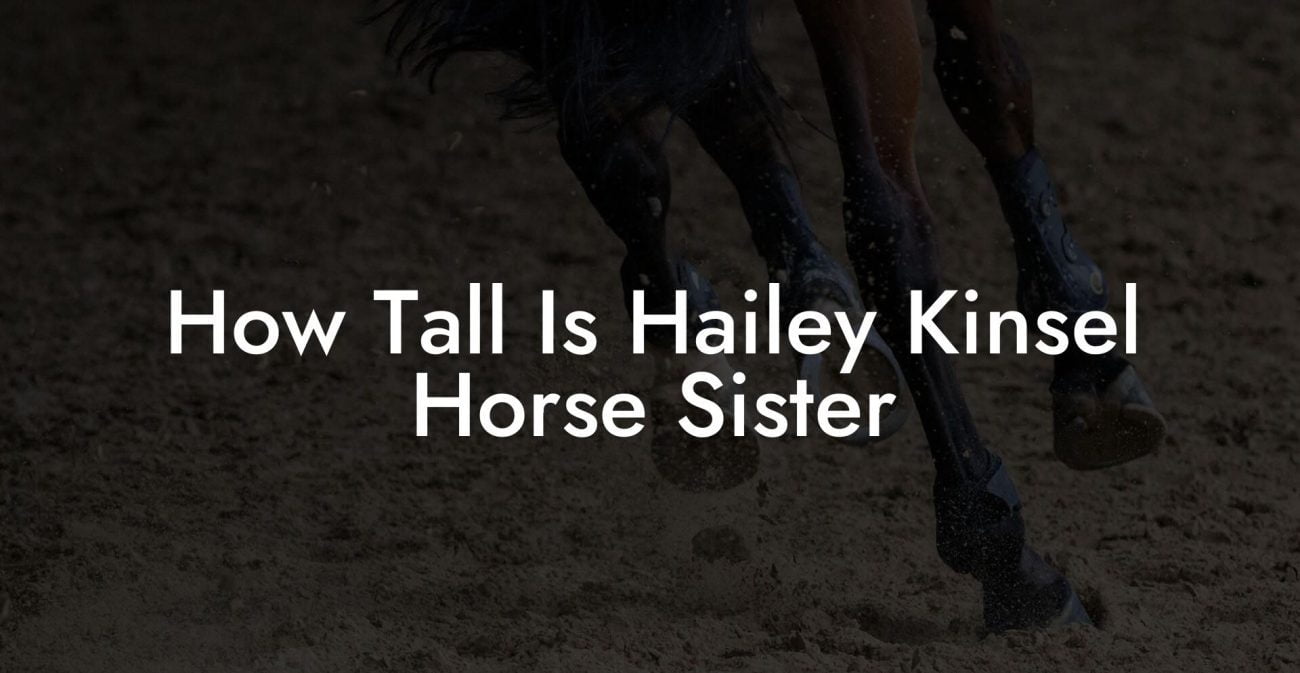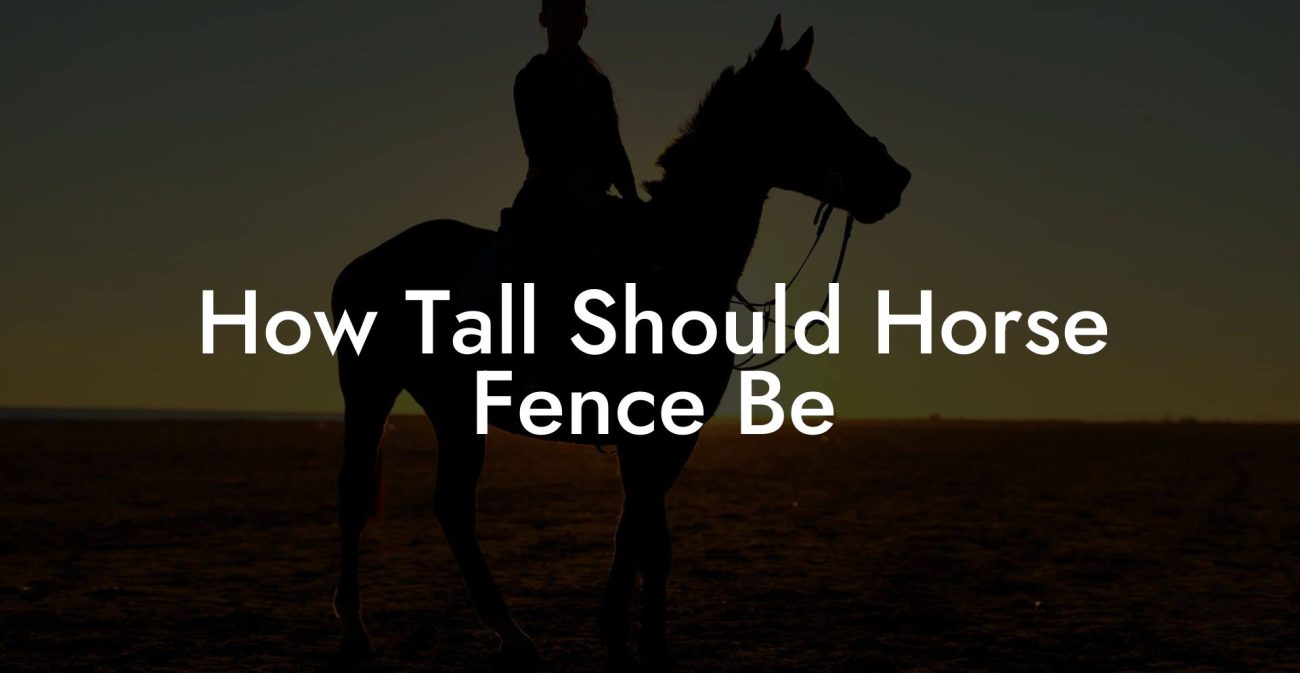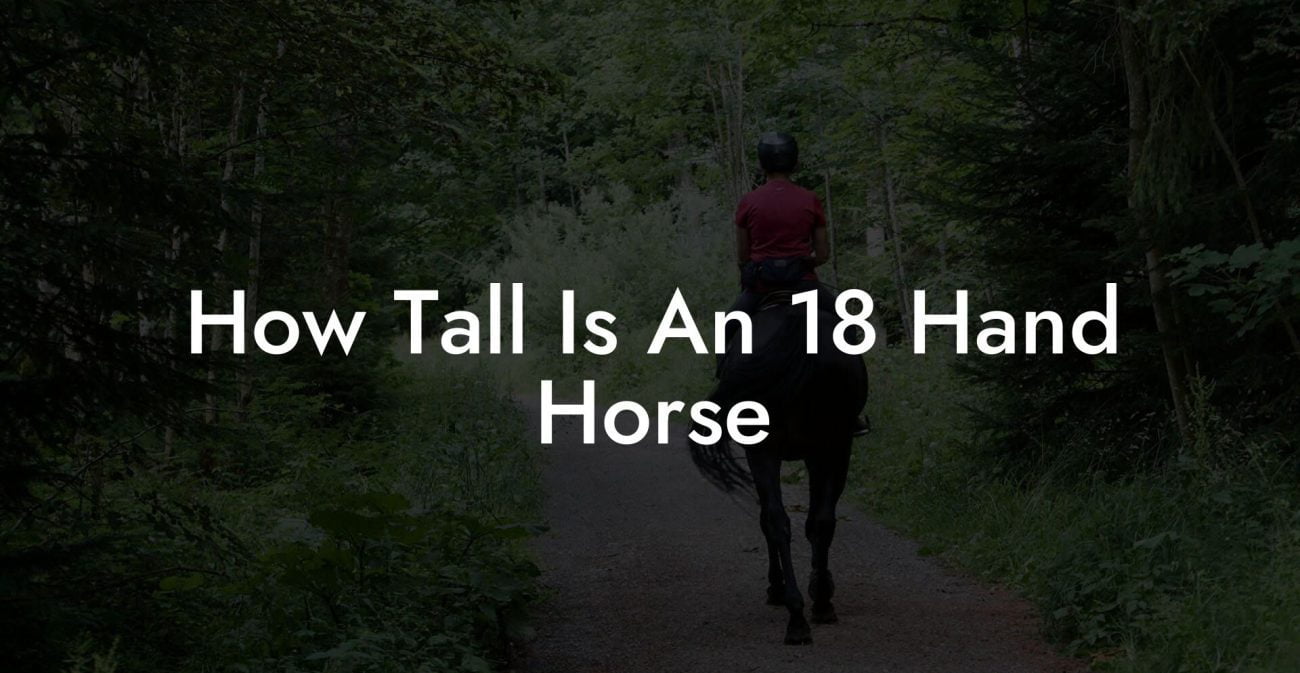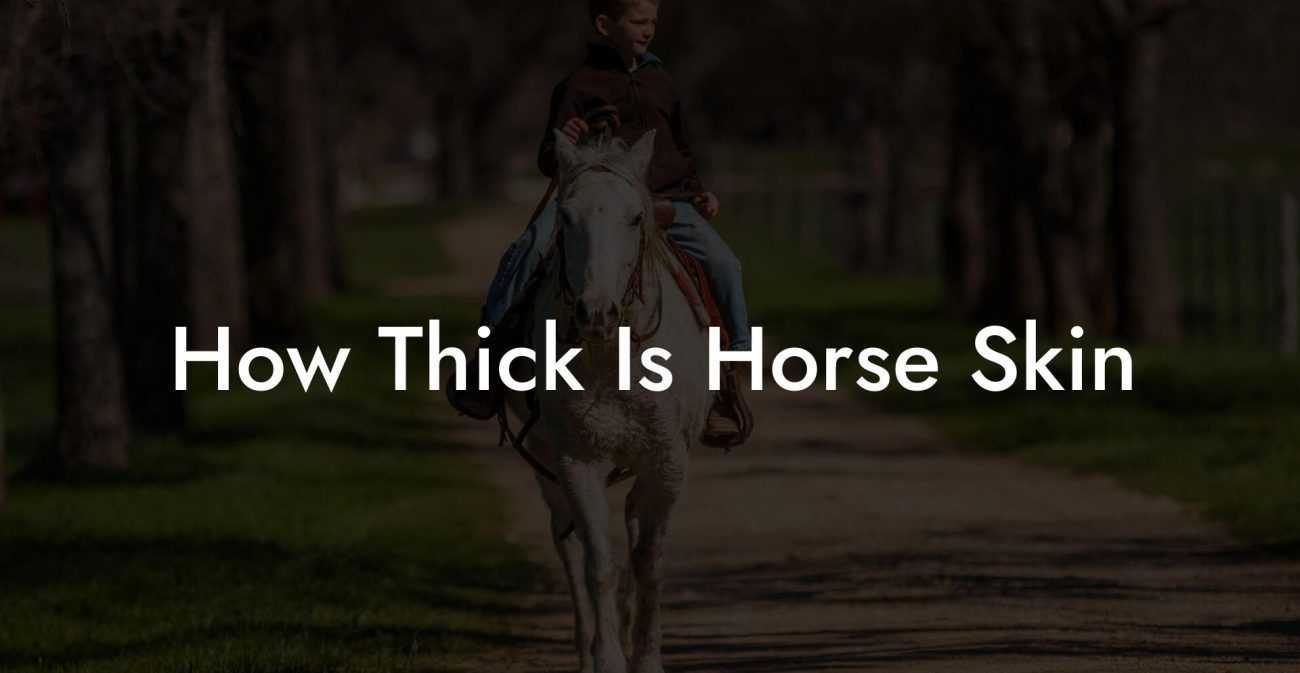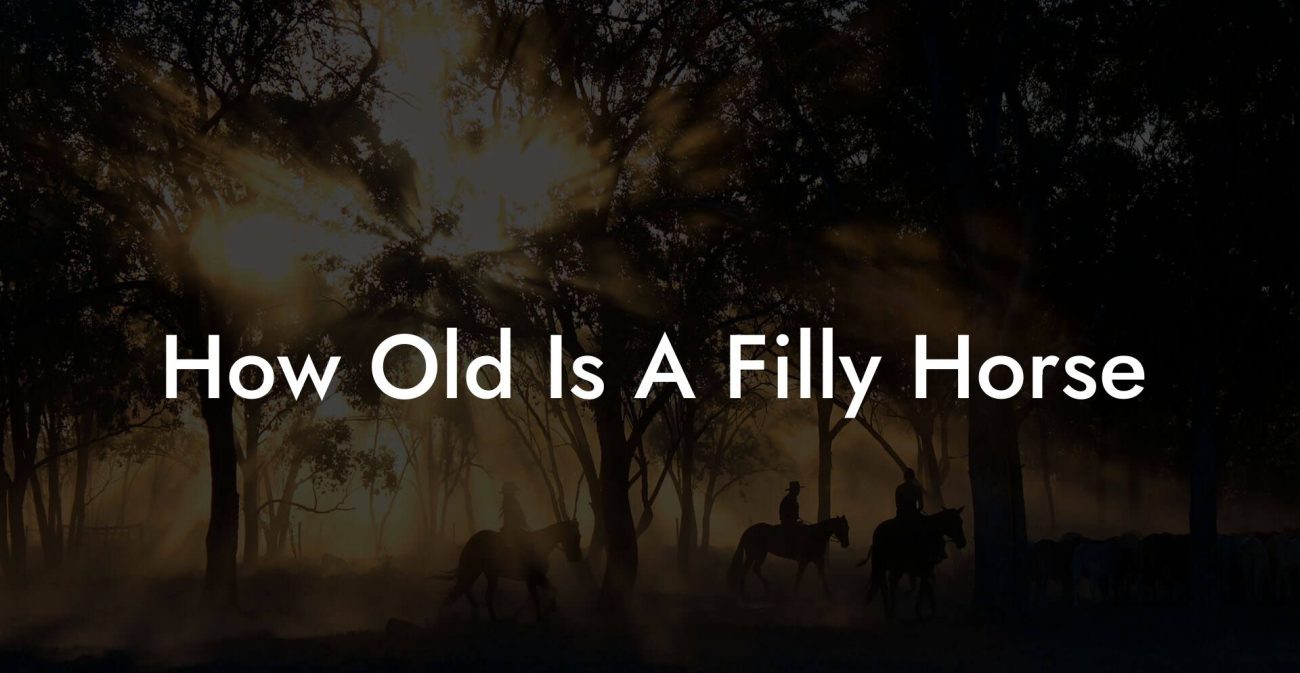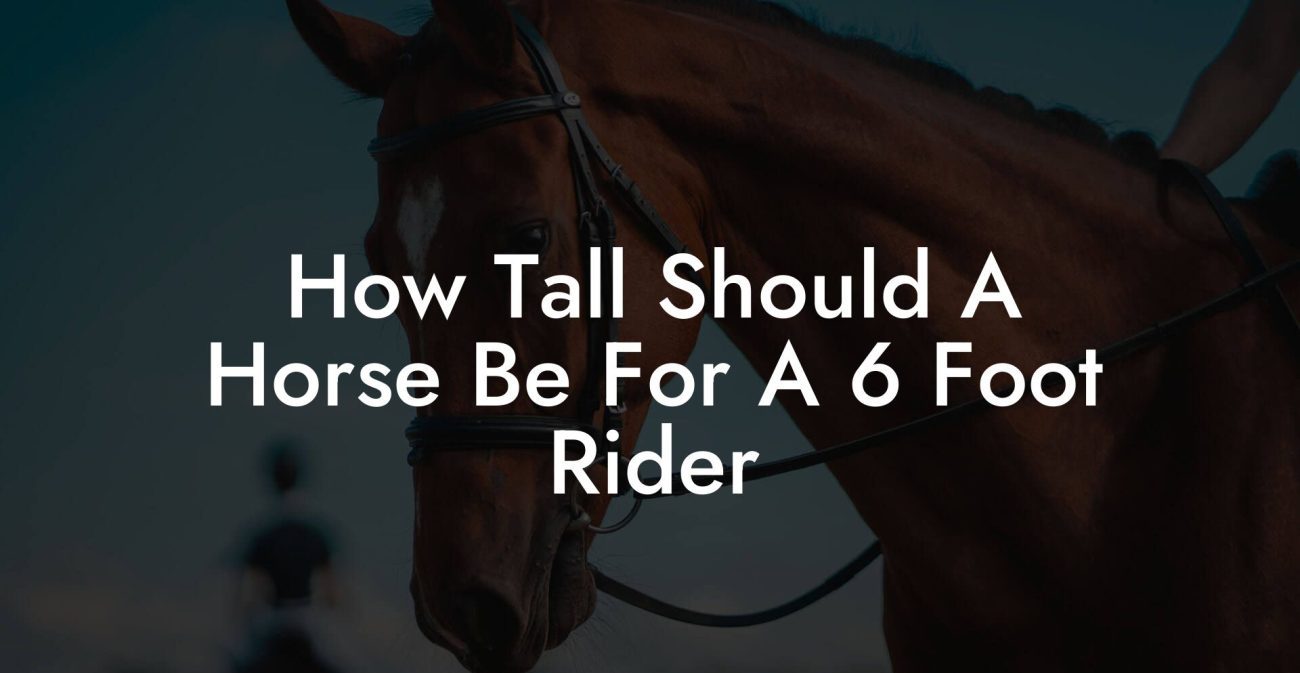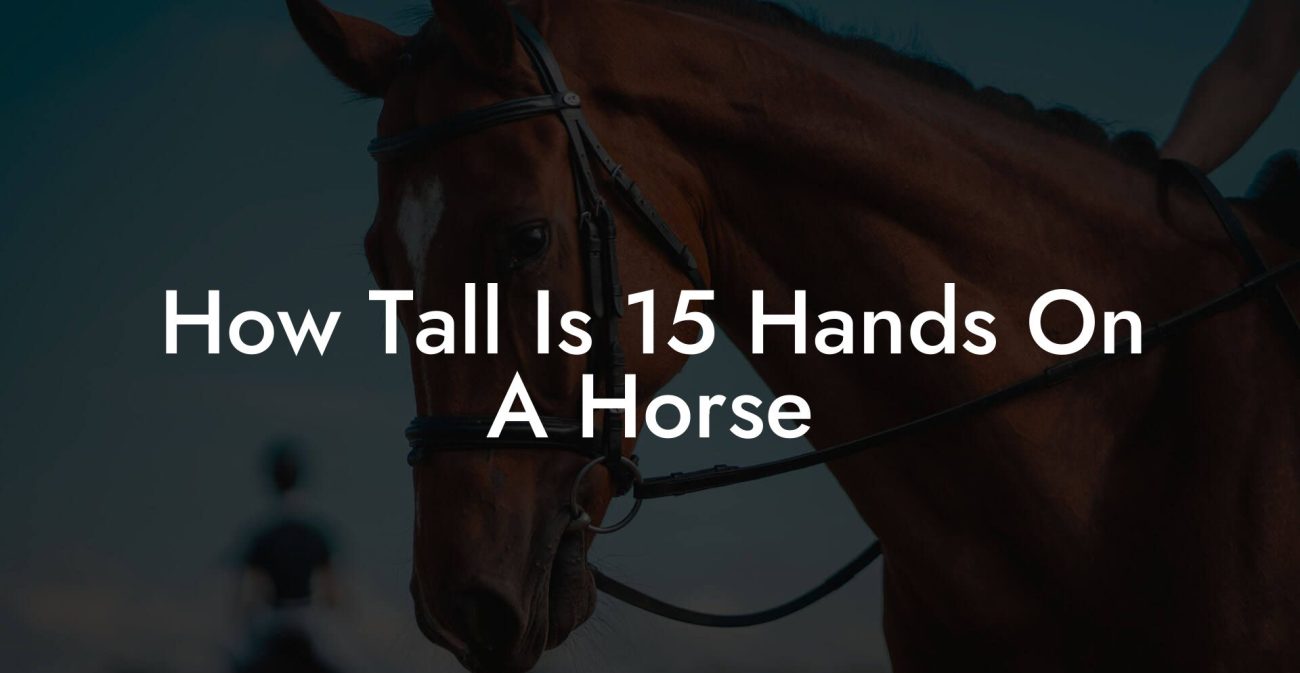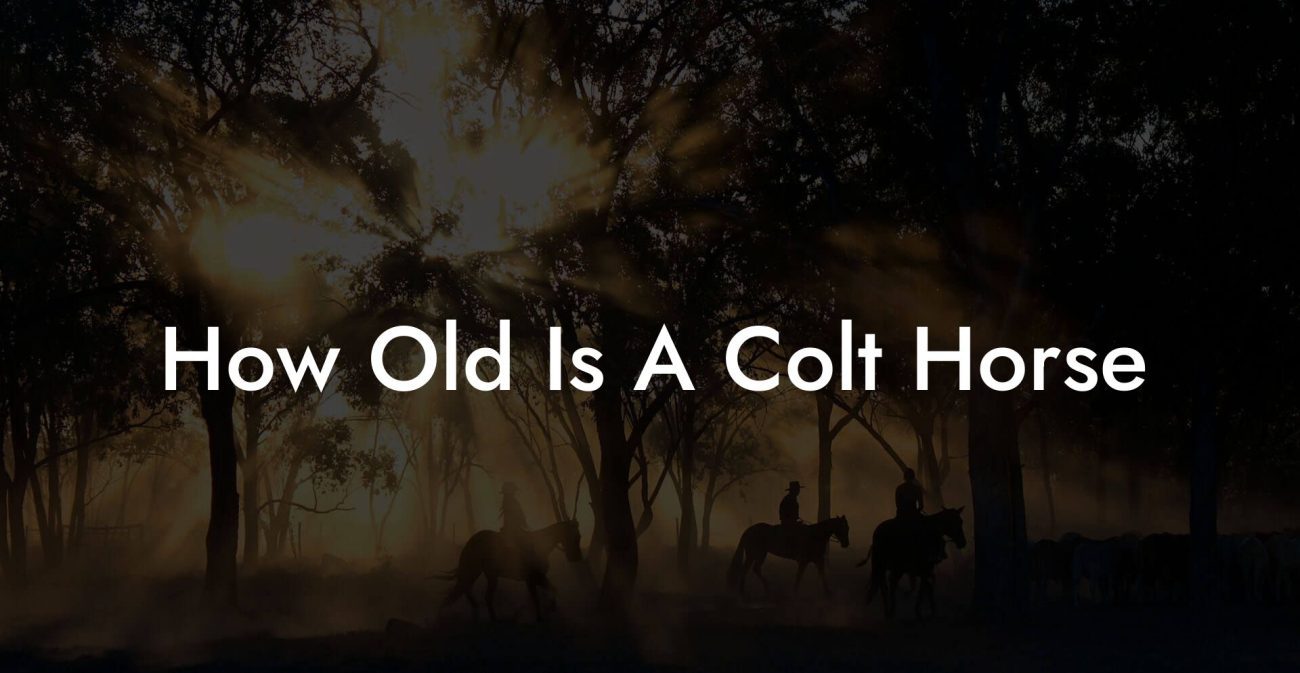Lunging a horse is a crucial aspect of the training and exercising process, but it can be a confusing concept for new horse owners. Join us as we unravel the mystery behind lunging and explain its essence and benefits.
What Does It Mean To Lunge A Horse Table of Contents
Understanding the Concept of Lunging
Lunging refers to the process of exercising or training a horse by having it move in a controlled, circular manner around the handler, who is stationed at the center of the circle. The horse is attached to a long line known as the lunge line, allowing the handler to control its movements and direction. Lunging is an excellent way to develop a horse's balance, flexibility, and obedience while also helping to strengthen the bond between the horse and its handler.
Why is Lunging Important?
- Developing balance and flexibility: By lunging a horse, you help it learn how to balance itself while moving in a circle, which encourages flexibility in muscles and joints.
- Training and obedience: As the horse learns to respond to your cues, lunging fosters a sense of understanding and predictability in your relationship.
- Warm-up and cool-down: Lunging is excellent for warming muscles up before riding and cooling down afterward, helping to prevent injuries and stiffness.
- Rehabilitation: For horses recovering from injuries or requiring restricted exercise, lunging is a controlled method to gently reintroduce movement and work muscles.
Equipment Needed for Lunging
When lunging a horse, having the proper equipment is essential. This includes:
- Lunge line: A long line, typically 25-30 feet in length, with a clip at one end to attach to the horse's halter or bridle, and a loop at the other end for the handler to grip.
- Lunge whip: A long whip used as an extension of the handler's arm, which acts as a tool for communication and encouragement. It's essential to use a fluid, non-threatening manner to avoid scaring the horse.
- Halter or bridle: The horse should wear a well-fitting halter or bridle, to which the lunge line will be attached.
- Protective boots or leg wraps: These protect the horse's legs from injury while lunging, especially if they're moving at higher speeds or on uneven terrain.
Basic Techniques and Commands for Lunging
To effectively lunge a horse, you'll need to communicate with it through voice commands and body language. Here are some basic techniques and commands to master:
- Walk: Use a gentle and calming voice, saying "walk" or "walk on" to encourage the horse to begin moving forward in a walking pace.
- Trot: A more assertive tone, saying "trot" or clucking your tongue, will prompt the horse to move at a faster pace.
- Canter: Saying "canter" or giving a kissing sound, with a more energetic tone, signals the horse to move into a canter.
- Whoa: Firmly and calmly saying "whoa" or "halt" will encourage the horse to come to a full stop.
- Directional changes: To change direction, guide your horse to a halt, walk towards it while pulling the lunge line and lunge whip in the opposite direction so the horse follows, then continue lunging in the new direction.
What Does It Mean To Lunge A Horse Example:
Imagine you've decided to lunge your 5-year-old gelding named Rocky with standard lunging equipment in a safe, enclosed space. You have Rocky wearing his protective boots, with the lunge line clipped on, and you're now holding the lunge whip. Start by encouraging Rocky to walk using the word "walk" or "walk on" calmly; give him some slack on the lunge line and gently flick the lunge whip towards his hindquarters if needed. After several minutes of walking, use the "trot" command and establish a good rhythm. Remember, throughout this whole process, your body language and voice should remain clear, confident, and calm.
Lunging can be an incredibly useful and enjoyable practice for both horse and handler when performed correctly, offering an opportunity to develop an essential foundation for training, exercise, communication, and bonding. Now that you've grasped the basics of lunging, we invite you to explore our other guides on How to Own a Horse and share this article with fellow horse enthusiasts who may find it helpful. Happy lunging!

